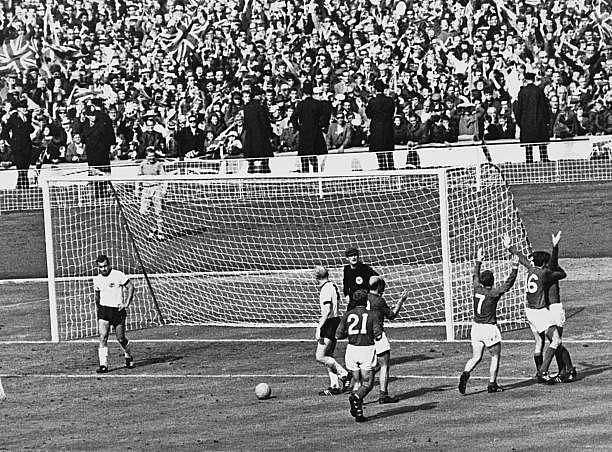
10 historic football moments that video technology could've changed
The debate surrounding the use of video technology in football is one that continues to rage on with every season and every controversial call from a referee. Could it really be introduced to decide calls other than goal-line decisions? Would it really slow the game down to a crawl as some fans worry? How would players react?
There are a myriad of questions but one thing is certain: there are some huge calls in football history that may have gone the other way if video technology had been used, and the course of football history may well have been changed if that were the case.
Here are ten examples of historic football moments that video technology could’ve changed.
#1 Geoff Hurst’s second goal in the 1966 World Cup final
It’s the most famous moment in English football history, pretty much. The 1966 World Cup final, contested between England and West Germany at Wembley, was deadlocked at 2-2 when the final whistle blew. Extra time would be needed to separate the two teams.
With 11 minutes gone, England were on the front foot, and when Alan Ball put a low cross into the box, Geoff Hurst swivelled and hit a right-foot shot that struck the underside of the bar and then bounced downwards towards the line before being cleared. The England players claimed a goal and after some discussion between the Swiss referee and the Russian linesman, the goal was officially declared.
Modern studies of the film, however, have shown that the ball never fully crossed the line – meaning the goal was most likely not legitimate. How much history could’ve been changed had the goal not been allowed is up in the air – Hurst went on to complete a hat-trick and England won 4-2 – but who knows if that would’ve been the case had the Germans not been forced to push forward later in the game?
In the end, England ran out winners but seemed to have used all of their footballing karma in the incident, which video technology may have changed.
